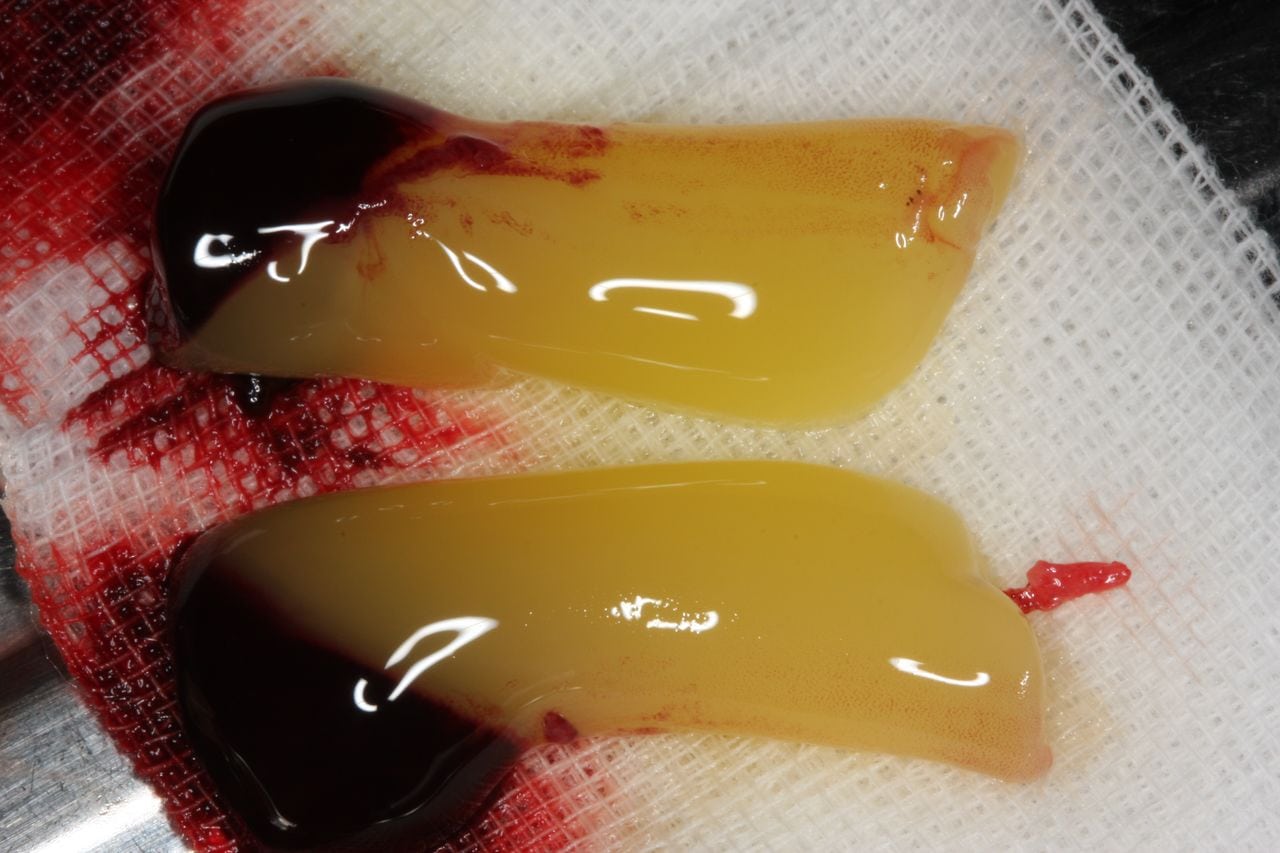My personal thought on it is that I found the supposed Orioles perspective as half way defensible. I disagree with Keith Law in that I think it can be argued that with Bundy's inning limit, which is also defensible, that it is good to ease into 5-whatever inning starts as the season progresses. I do agree with him that Delmarva is simply too low of a level.
Melewski mentioned that the staggered process of giving Bundy a few starts in Delmarva, a few more in Bowie, and then getting him to Bowie was in part:
... getting acclimated to the pro game, the bus rides, new teammates and many other things away from the field. To me, letting him settle in to his surroundings and ease into the games makes sense.This is just a silly statement to me. If you want a guy to settle into being a pro, then do you (A) shuttle him around through three affiliates over the summer or (B) keep him basically sitting in one affiliate all year? If you want a guy to have stability, don't you want him to have the same teammates and coaches to give him some stability over the season? It is not like he is working on skills to socialize and develop support structures on a rung by rung move.
This whole discussion does beg the question: how have other elite high school pitchers been handled over the past few years?
2011
Dylan Bundy
6'1 195
20yo in 2012
Bundy is starting out in A ball in Delmarva. Melewski wrote in the above article that this will be the Orioles' plan:
Three starts at three innings, for a total of nine.That will result in about 120-130 innings pitched at Delmarva, HiA Frederick, and maybe some time in Bowie.
Three starts at four innings, for a total of 12.
Around 10 starts at five innings, for a total of 50.
That leaves around 50-60 innings for his last eight or so starts beginning around mid July.
Archie Bradley
6'4 225
20yo in 2012
Bradley has an amazing fastball and curveball that has resulted in a lot of swing and misses. His has a changeup in progress and has spent less time pitching than other prospects because he was also a quarterback in high school. I do not know what the long term plan is for Bradley this season, but they are letting him make full starts and he has been dominant. They may keep him in low A to work on the change up, but I think they could promote him right now.
2010
Jameson Taillon
6'6 225
20yo in 2011
The Pirates were criticized a bit last year for their handling of Taillon. The team is notorious for putting their pitchers through a strict fastball diet their first year in order to work on fastball command. As elite a selection Taillon was, it appears they did the same with him. He spent the entire season at A ball West Virginia and was about 30% better than league average.
This year in HiA Bradenton, he has been eliciting a miss rate of 62%.
2009
Zack Wheeler
6'4 185
20yo in 2010
Wheeler also started out in A ball Augusta and put in 58.2 innings. This was largely the result of a fingernail injury that kept him off the mound. In 2011, he spent the entire season at HiA and put in 115 IP.
Jacob Turner
6'5 210
19yo in 2010
Turner split his first full season as a pro divided relatively equally between A ball West Michigan and HiA Lakeland. In 2011, he moved through AA and AAA to hit the MLB level.
Tyler Matzek
6'3 210
20yo in 2010
Majority opinion had Matzek as the top high school pitcher in the draft back in 2009 and he slipped due to his perceived asking price. The Rockies started him out in A ball Asheville where he showed he had amazing swing and miss stuff, but that he had difficulty hitting the strike zone. Add in some issues with the Rockies tinkering his mechanics and he has had a rough couple years. In 2012, he is making another run at HiA ball and is still experiencing issues getting strikes.
Conclusion
Every single elite high school pitcher wound up throwing at A ball to begin their first full season. Some teams (e.g., Pirates) were conservative and left the player there while other teams (e.g., Tigers) pushed their guy to HiA. None of the four pitchers from the 2009 and 2010 draft classes made it to AA.
There is a thought that Bundy is so polished that he should not be treated like other high school pitchers. If you look at the pitchers drafted before him; first selection Gerrit Cole is at HiA, Danny Hultzen is at AA, and Trevor Bauer is at AA. I think you could make the argument that Bundy would be better challenged at HiA. That said, although I think having him throw at Delmarva is wasting an opportunity for him to pitch against higher competition and have more stability off the field over the course of a season...it is doubtful to have any long standing effect on him one way or the other.




